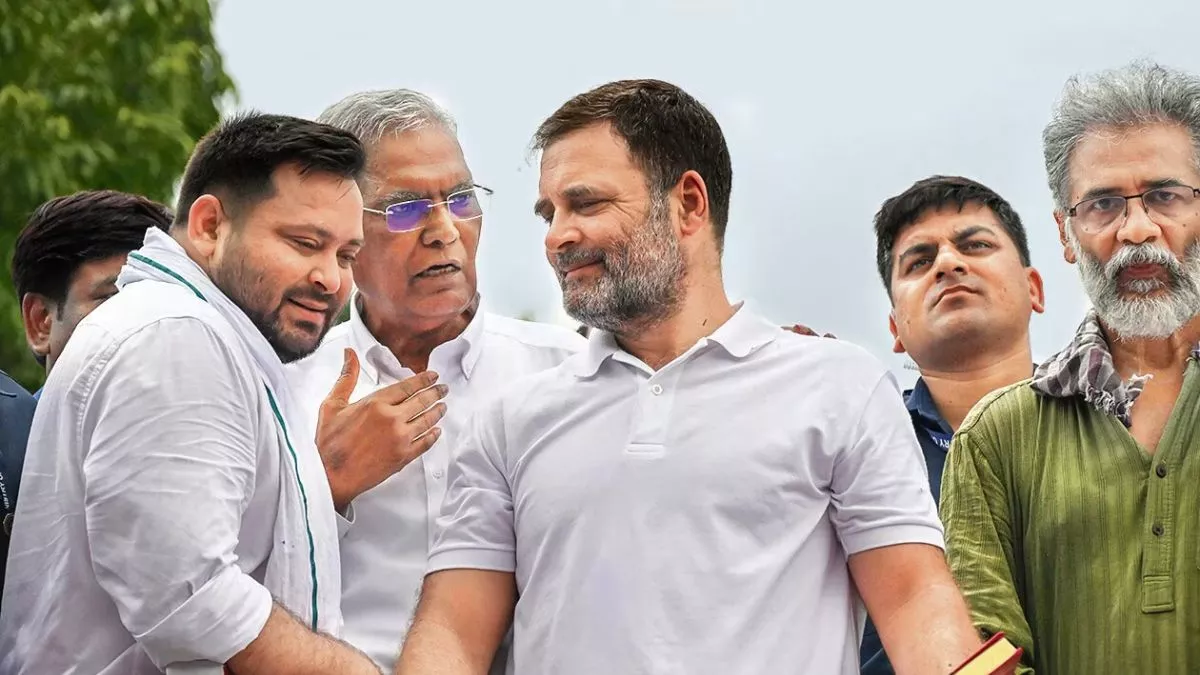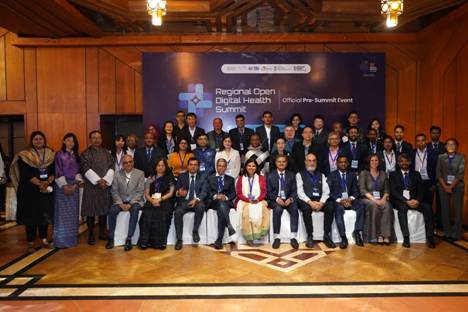Delhi | In what is being viewed as one of the most decisive political verdicts in recent years, Bihar has delivered a stunning mandate that has pushed both the Yadav and Gandhi political dynasties to the fringes. The results of the 2025 Assembly elections have signaled a dramatic shift in voter preference—away from caste-driven politics and legacy-based leadership, and toward development, governance, and stability.
The ruling NDA alliance led by Chief Minister Nitish Kumar and the BJP secured an emphatic victory, winning around 175 out of 243 seats. The BJP bagged 99 seats, JD(U) won 68, while smaller allies—HAM, VIP, and RLSP—together claimed 8 seats. The results not only consolidated Nitish Kumar’s standing but also elevated the BJP to a decisive role in shaping Bihar’s political future.
Mahagathbandhan Faces a Crushing Blow
The opposition Mahagathbandhan faced a near collapse.
- RJD was reduced to 35 seats,
- Congress to 7,
- Left parties together managed only 5 seats.
RJD leader and Mahagathbandhan’s chief ministerial face Tejashwi Yadav struggled to maintain a lead in his own constituency, raising questions about his electoral appeal. Rahul Gandhi was criticised for vacationing abroad during the crucial phase, leaving Congress workers demoralized.
For the coalition, the verdict was nothing short of disastrous.
NDA’s All-Class Consolidation, and JDU’s Muslim Candidates Shine
What made this verdict more striking was the broad-based support the NDA received.
Backward communities, Dalits, Extremely Backward Classes, and even a significant share of Muslim voters—evident from the strong performance of JD(U)’s Muslim candidates—shifted toward the ruling alliance.
Tejashwi’s Youth-Centric Pitch Falls Flat
Tejashwi Yadav’s campaign centered on jobs, corruption, and price rise. But the NDA successfully reframed the battle as “development versus caste politics.” This strategy dismantled traditional caste blocs and neutralized the Mahagathbandhan’s core agenda.
While the youth found Tejashwi’s speeches engaging, memories of the Lalu-era “jungle raj” and concerns over dynastic control limited his appeal.
Gandhi and Akhilesh Factor Fails to Take Off
Joint rallies by Rahul Gandhi and Akhilesh Yadav failed to generate traction.
Rahul Gandhi’s events drew thin crowds, exposing the Congress’s structural weakness. The party even lost in its traditional strongholds like Sasaram, Katihar, and Kishanganj, with its vote share sliding to 6.5%.
Akhilesh Yadav’s presence, limited and symbolic, could not influence Bihar’s caste-layered political terrain. Voters preferred concrete local promises over “outsider” rhetoric.

Why NDA’s Narrative Succeeded
The NDA secured approximately 46% vote share, leaving the Mahagathbandhan at 38%.
Key reasons:
- Direct benefits of Central schemes—PM Awas Yojana, Ujjwala LPG, Har Ghar Nal Yojana—resonated widely.
- Improvements in law and order under Nitish Kumar reinforced his “Sushasan Babu” image.
- Prime Minister Narendra Modi and Home Minister Amit Shah’s high-voltage campaign signaled strong national backing.
In districts like Patna, Gaya, Darbhanga, Bhagalpur, and Buxar, massive crowds at Modi’s rallies indicated a clear shift toward strong centralized leadership.
Women Voters Deliver a Defining Outcome
Women played a critical role, recording 61% turnout, three points higher than men.
In recent months, Nitish Kumar launched targeted schemes focusing on safety, education, and self-reliance for women—initiatives that visibly shaped voting behaviour.
The BJP’s women cadres, active across rural pockets, amplified this reach.
A New Era in Bihar Politics
With NDA returning comfortably, Nitish Kumar is set to take oath for an eighth term. The BJP, meanwhile, is expected to push for a greater role in state leadership, signaling a gradual recalibration of power within the coalition.
Dynasty Politics Loses Its Luster
The election has delivered a clear message: voters are moving beyond family-based political legacies.
Whether it is the Yadavs of Bihar or the Gandhis at the national level, their appeal appears diminished in a political climate where:
- performance outweighs pedigree,
- governance supersedes rhetoric,
- and delivery matters more than dynasty.
The Road Ahead
Tejashwi Yadav has spoken about organisational restructuring within the RJD, but rebuilding trust in a post-dynastic political climate will be challenging. For the Congress, the results serve as a stark warning: alliances cannot replace ground-level strength.
Bihar’s 2025 mandate is more than an electoral victory—it is a transformational verdict that signals the twilight of dynastic politics and the rise of performance-driven leadership in Indian democracy.





